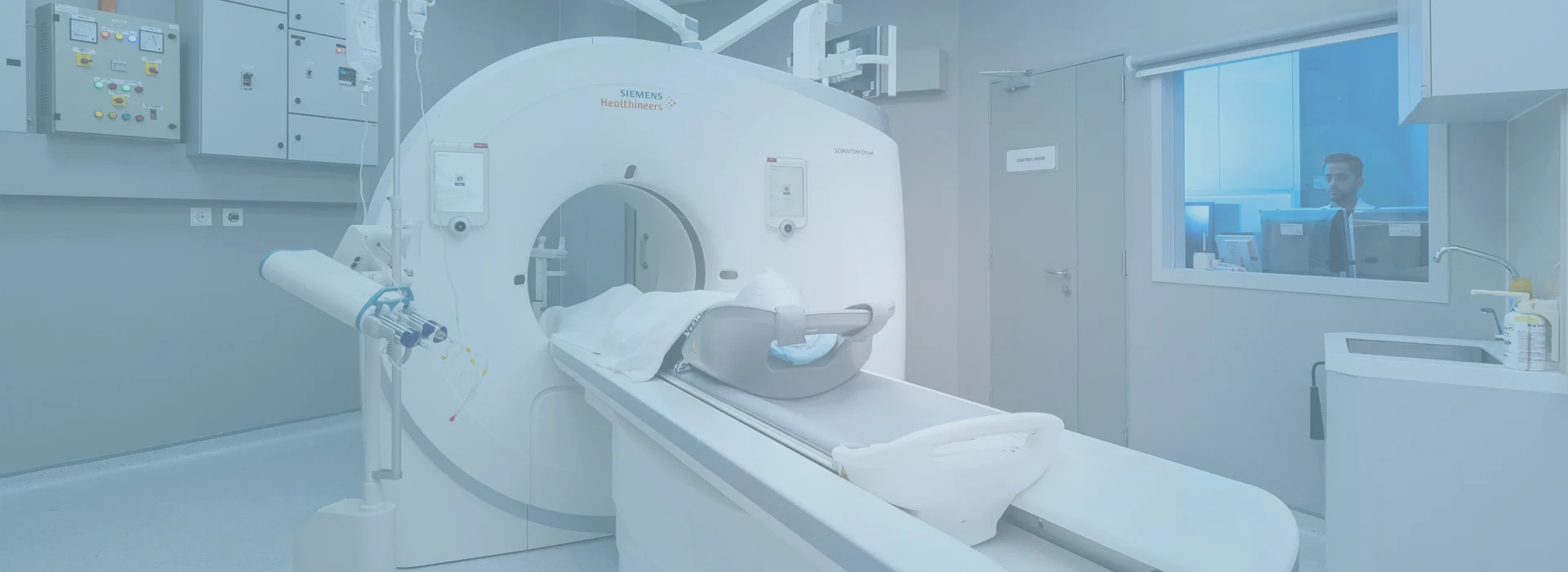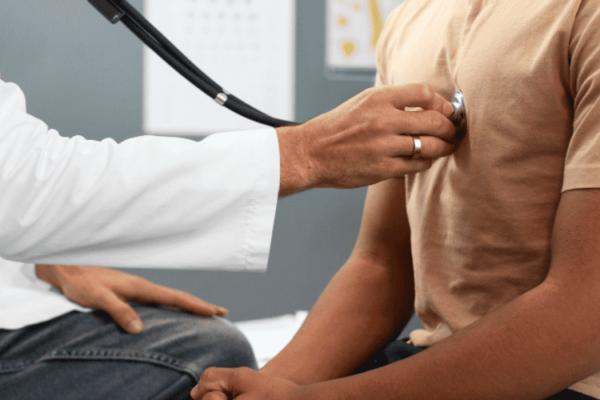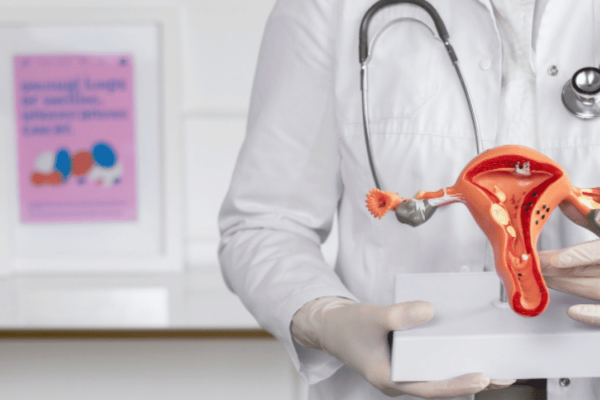
30 Aug Sprain Vs Strain: Understand the Difference Between Common Injuries
Sprain Vs Strain: Understand the Difference Between Common Injuries
By Island Hospital | August 30, 2024 12:00:00 PM
Medical Reviewer: Dr. Gooi Siew Ghim, Orthopaedics & Paediatric Orthopaedics
Sprains and strains are some of the most common injuries we encounter on a daily basis. However, with their similar symptoms, it can be a challenge to tell the difference between them.
In this article, we’ll provide guidance to determine whether your injury is a sprain or strain. We’ll compare various aspects, including the symptoms, diagnosis, treatment, causes, risk factors, and much more!
What are Sprains?
Sprains are injuries to the ligaments, which are strong, flexible bands of connective tissue that link bones together within a joint. When a ligament is overstretched or torn, it results in a sprain.
This type of injury typically occurs from a sudden twist, fall, or direct impact that exceeds the ligament’s normal range of motion.
Sprains can vary in severity, from mild stretching to complete tears, and commonly affect joints such as the ankles, knees, wrists, and fingers.
What are Strains?
Strains involve injuries to the muscles or tendons, which are tissues that connect muscles to bones. Unlike sprains, strains result from overstretching or tearing of these tissues rather than ligaments.
This can occur due to excessive force, repetitive use, or sudden movements that strain the muscle or tendon beyond its capacity.
Strains are often found in areas like the lower back, hamstrings, and shoulders. The impact of a strain can range from mild stretching to a complete rupture, affecting muscle strength, flexibility, and function.
Symptoms
Here are the symptoms of sprains and strains:
Sprain | Strains |
|---|---|
| | |
First Aid & Treatment
Immediate Care (RICE Method)
Sprains and strains can usually be treated at home. We recommend using the RICE method to aid recovery and reduce pain and swelling:
- Rest: Prevent further damage by stopping the activity and avoiding use of the injured area for 24-48 hours.
- Ice: Apply ice packs for 15-20 minutes every 4 hours to reduce swelling and numb pain. Avoid direct contact between the ice and the skin by wrapping the ice pack in a towel.
- Compression: Wrap the injured area with an elastic bandage to provide support and control swelling. This treatment is effective for up to 1 week.
- Elevation: Keep the injured limb raised above heart level for 2-3 hours a day to reduce swelling.
To prevent increased swelling: Avoid heat (e.g., hot baths and heat packs), alcohol, running, and massaging of the injured area in the first 72 hours.
When Should I Call a Doctor?
As a general guideline, seek medical attention if symptoms become worse within 24 hours of the injury. More specifically, call a doctor if you experience any of the following signs:
- Difficulty or inability to walk or stand without pain.
- Injured area is very tender when touched.
- Injured area appears crooked or has unusual bumps (that is not swelling).
- Numbness or tingling around the joint.
- Limited range of motion or inability to move the injured joint.
- The injured area has been sprained or strained before.
- Feeling hot and shivery (this could be a sign of infection).
Additional Treatment
Depending on the severity of the injury, here are a few other treatments you may need:
- Pain Relievers: Over-the-counter medications like ibuprofen or acetaminophen can alleviate pain.
- Rehabilitation: May include physical therapy to restore function and strength.
- Surgery: Necessary for severe sprains or strains involving complete tears or ruptures.
Did you know abdominal pain can be caused by muscle strain? Learn more about the common causes of abdominal pain today!
Diagnosis of Sprains and Strains
Physical Examination
Usually, your doctor makes a diagnosis by checking your medical history and examining the injured area:
- Assessment of Symptoms: Your doctor asks questions about the symptoms and prior injuries, and evaluates the injured area by checking pain levels, swelling, bruising, and the range of motion.
- Functional Evaluation: Your doctor assesses how well the injured area performs its normal functions (e.g., for knee injuries, they may ask you to stand and walk) and identifies any limitations or abnormal movements.
Imaging Tests
In certain situations, your doctor may recommend imaging tests to rule out more serious injuries:
- X-rays
- Purpose: Used to rule out fractures or bone-related issues that could present similar symptoms to sprains or strains.
- What It Shows: X-rays can reveal breaks, dislocations, arthritis, or bone spurs. It can also show signs of a sprain or strain, such as whether fluid has collected around a joint. However, X-rays are less effective for soft tissue evaluation.
- Magnetic Resonance Imaging (MRI)
- Purpose: Provides detailed images of the body’s structures, including soft tissues, nerves, and blood vessels – used to assess the extent of an injury.
- What It Shows: MRIs are particularly useful for detecting tears, strains, or complete ruptures in ligaments, tendons, muscles, and cartilage that are not visible on X-rays.
- Computed Tomography (CT) Scan
- Purpose: Provides detailed images of the body’s structures, including internal organs, bones, soft tissues, and blood vessels – used to assess fractures, injuries, and bleeding caused by trauma.
- What It Shows: CT scans can reveal blood clots, subtle bone fractures not visible on X-ray, and organ injuries. In terms of revealing the subtle differences between tissue types, CT scans are not as effective as MRIs.
Interested in learning more about imaging tests? Our Orthopaedic Experts at Island Hospital are fully-equipped to diagnose and treat a wide range of conditions of the musculoskeletal system, including injuries to the muscles, ligaments, tendons, and much more. Contact us for more details!
Diagnosis of Sprains and Strains
As mentioned earlier, sprains and strains usually affect areas such as the ankle, knee, wrist, thumb, and back. Here are the common causes of sprains and strains:
- Walking or running on a slippery / uneven surface
- Exercise (e.g., jogging, jumping, throwing)
- Playing sports (e.g., tennis, football)
- Falling or slipping
- Twisting or pivoting
- Lifting heavy objects
- Overexerting yourself
- Doing repetitive movements for certain activities or sports
- Sitting or standing in an awkward position for long periods
Are you experiencing injury-related back pain? It could be a slipped disc. Read our complete guide on slipped discs to understand the symptoms, causes, and treatments of this condition.
Risk Factors and Complications
Here are factors which increase your risk of sprains and strains:
- Inadequate Warm-Up: Skipping warm-up exercises before physical activity.
- Poor Conditioning: Lack of physical fitness and muscle strength.
- Improper Technique: Incorrect form or technique during exercise or sports.
- Previous Injuries: History of prior injuries can increase susceptibility.
- Weak Muscles / Poor Flexibility: Imbalanced strength and flexibility in muscles and ligaments.
Here are common complications which stem from sprains and strains:
- Chronic Pain: Persistent pain in the affected area if not treated properly.
- Joint Instability: Ongoing instability in the joint, affecting movement and function.
- Weakened Muscles: Long-term weakness or reduced functionality in the injured area.
- Functional Limitations: Difficulty performing daily activities due to the injury.
- Increased Risk of Future Injuries: Higher likelihood of re-injury or additional damage.
How Can I Prevent Sprains and Strains?
The following are prevention tips for sprains and strains:
- Warm-up properly before any physical activity (conduct regular stretching and strengthening exercises).
- Use good equipment (e.g., shoes) rather than ill-fitting, poor quality, and worn out ones.
- Practise proper technique when exercising.
- Exercise regularly (e.g., doing moderate activity such as walking 30 minutes a day).
- Avoid repetitive motions by mixing up your physical activities.
- Take regular breaks (e.g., rest days).
- Maintain a healthy body weight.
- Avoid using a brace for longer than necessary.
- Be careful when walking, especially when the path is slippery or uneven.
Tip: To reduce the risk of injury, ensure you’re in good shape before starting a sport. Avoid using the sport itself as a way to get in shape.
Want to know if you’re at the optimal body weight? Read our article on why Body Composition Analysis (BCA) is a more accurate measurement compared to Body Mass Index (BMI)
Recover Fully from Sprains and Strains at Island Hospital
Sprains and strains can significantly impact your daily life, but effective treatment is key to a swift and successful recovery. Understanding these injuries is the first step towards proactive health management.
At Island Hospital, our Orthopaedic Specialists are dedicated to helping you regain full mobility. We offer:
- Personalised treatment plans
- Advanced rehabilitation services
- Innovative research and cutting-edge techniques
- Comprehensive care for both adults and children
Our renowned Orthopedics and Spine Centre, recognized as one of the best in the country, provides expert treatment for a wide range of conditions, including:
- Spine injuries
- Arthritis
- Carpal tunnel syndrome
- Scoliosis
- Total knee and hip replacement
- Tendon, nerve, and vessel repair
- Sports injuries
Our commitment to excellence has earned us recognition as the finalist for Malaysia’s Flagship Medical Tourism Hospital Programme and a place on Newsweek’s lists of World’s Best Hospitals 2024 and Best Specialized Hospitals Asia Pacific 2024 (Orthopaedic).
Don’t let an injury hold you back from living your best life. Schedule an appointment today to start your journey to recovery!
Take Charge of Your Health Today!

Introducing our Executive Health Screening Package for just RM760.
This comprehensive health check includes a physical examination, complete medical report, consultation with a health screening physician or specialist, light refreshments, and an exclusive Island Hospital woven bag.
Prevention is always better than cure, so take charge of your well-being by booking our Executive Health Screening Package today!
FAQ
How long does it take for a sprain or strain to heal?
Healing time for a sprain or strain usually ranges from a few days to several weeks, depending on the severity. Minor sprains or strains might heal in 1-3 weeks, while more severe cases could take 6-8 weeks or longer.
Can a sprain or strain heal on its own?
Yes, most sprains and strains can heal on their own with appropriate self-care, such as rest, ice, compression, and elevation (RICE). However, severe cases may require medical attention.
Learn when to see a doctor in this section
What happens if a sprain or strain is left untreated?
If left untreated, a sprain or strain can lead to prolonged pain, reduced mobility, and potential long-term damage. Chronic instability or weakness in the affected area may also develop.
Learn more about potential complications in this section.
Can you massage out a strain?
We advise against massaging a strain in the first 72 hours after an injury, as it can increase swelling. Massaging with the right techniques can be beneficial after this period – helping to speed up the healing process and reducing the risk of re-injury. However, stop immediately if you feel any pain.
Always consult your doctor before attempting a massage.
Should I use cold or hot therapy to treat a strain or sprain?
Use cold therapy (ice) for the first 48-72 hours to reduce swelling and numb the pain. After that period, you can switch to heat therapy to relax and loosen tissues and alleviate muscle stiffness.






